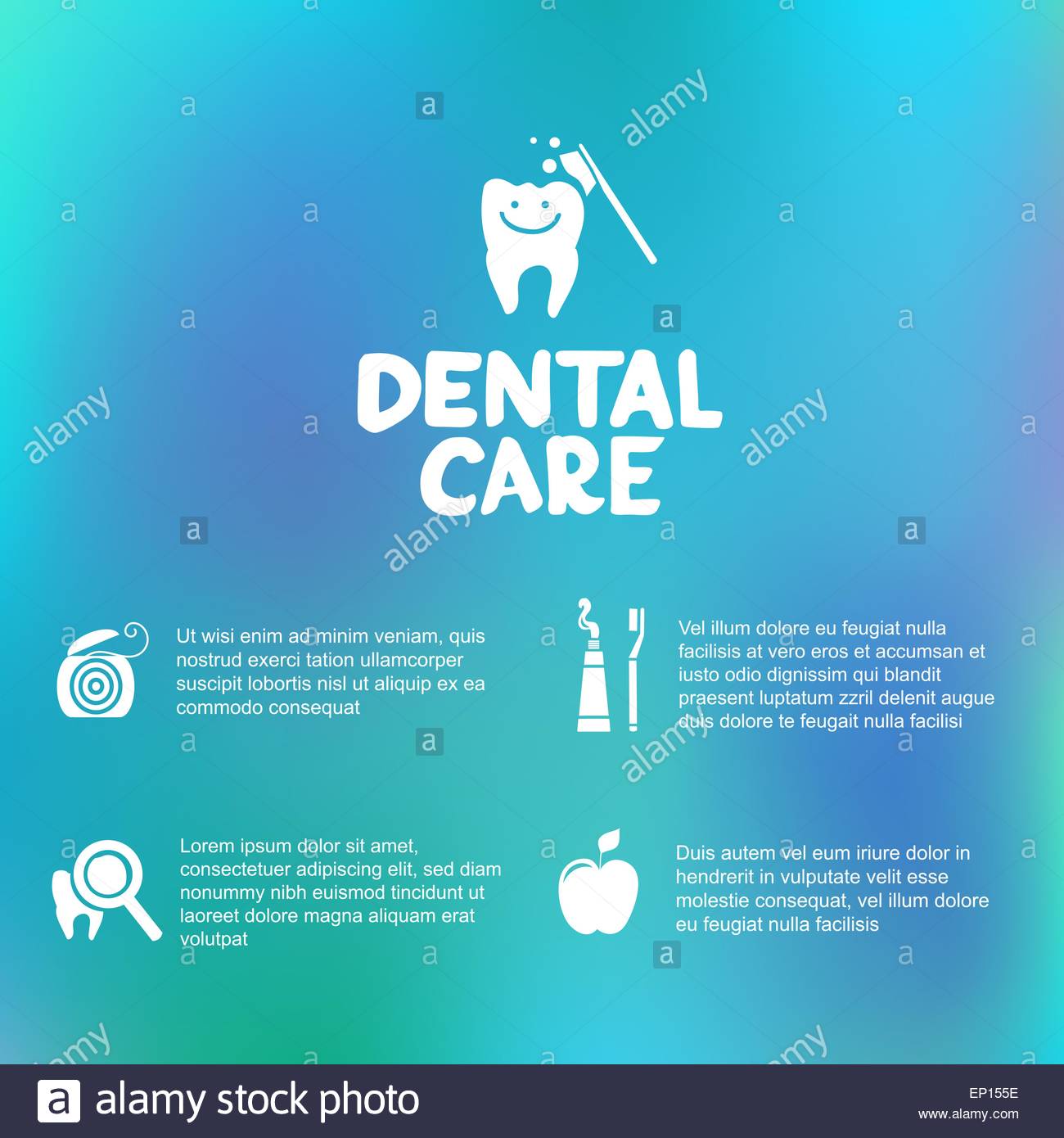The Next Age Of Dental Surgery: Development Innovations And Developments Improving The Specialized
The Next Age Of Dental Surgery: Development Innovations And Developments Improving The Specialized
Blog Article
Produced By-Johannsen Jefferson
Invite to the world of dental surgery, where technologies and developments are forming the future of the area! In this amazing realm, you'll witness the transformative power of robotics, the innovative marvel of 3D printing, and the game-changing effect of minimally invasive techniques.
The future of oral surgery holds a promise of precision, performance, and boosted individual outcomes. With the help of advanced robotics, surgeons have the ability to execute complex treatments with greater precision and control.
3D printing modern technology is reinventing the production of oral implants and prosthetics, offering personalized options that fit perfectly right into each patient's special makeup.
In addition, minimally invasive strategies are lowering post-operative pain and healing time, allowing individuals to return to their lives faster.
Prepare dental fillings austin tx to explore the exciting developments and advancements that are reshaping the landscape of oral surgery!
Improvements in Robotics
One major advancement in dental surgery is making use of robot innovation, which enables exact and effective procedures. With the help of robot systems, oral doctors have the capacity to do complicated surgeries with boosted accuracy, minimizing the risk of human mistake.
These robot systems are furnished with sophisticated imaging innovation and accurate tools that enable surgeons to browse with complex anatomical frameworks with ease. By utilizing robotic modern technology, doctors can accomplish greater medical precision, leading to boosted patient outcomes and faster recovery times.
Additionally, making use of robotics in oral surgery enables minimally intrusive treatments, decreasing the trauma to surrounding tissues and advertising faster healing.
3D Printing in Oral Surgery
To enhance the field of dental surgery, you can check out the subtopic of 3D printing in oral surgery. https://zanderhcxrl.is-blog.com/39479019/the-length-of-time-do-dental-implants-last-variables-that-influence-long-life has the possible to transform the way dental doctors operate and treat people. Here are four essential ways in which 3D printing is shaping the field:
- ** Custom-made Surgical Guides **: 3D printing enables the creation of very precise and patient-specific surgical overviews, improving the precision and effectiveness of procedures.
- ** Implant Prosthetics **: With 3D printing, dental surgeons can create personalized implant prosthetics that perfectly fit a patient's one-of-a-kind makeup, resulting in better outcomes and person satisfaction.
- ** Bone Grafting **: 3D printing makes it possible for the manufacturing of patient-specific bone grafts, lowering the need for standard grafting strategies and enhancing healing and healing time.
- ** Education and Training **: 3D printing can be made use of to develop sensible medical versions for educational objectives, enabling oral surgeons to practice complicated treatments before doing them on people.
With please click the next internet page to improve accuracy, modification, and training, 3D printing is an amazing growth in the field of dental surgery.
Minimally Invasive Strategies
To additionally progress the field of dental surgery, welcome the possibility of minimally invasive techniques that can considerably profit both specialists and people alike.
Minimally intrusive methods are transforming the area by decreasing medical trauma, decreasing post-operative discomfort, and speeding up the recovery process. These methods entail making use of smaller lacerations and specialized instruments to execute procedures with accuracy and effectiveness.
By making use of innovative imaging innovation, such as cone beam calculated tomography (CBCT), specialists can accurately prepare and carry out surgeries with minimal invasiveness.
Additionally, source web page of lasers in oral surgery permits precise cells cutting and coagulation, leading to lessened bleeding and minimized healing time.
With minimally invasive methods, people can experience quicker recovery, decreased scarring, and enhanced outcomes, making it a necessary aspect of the future of dental surgery.
Conclusion
So, as you can see, the future of dental surgery is extremely appealing, with exciting advancements and advancements forming the field.
From the advancements in robotics to using 3D printing and minimally invasive techniques, dental doctors are reinventing the way they offer care.
While some may worry about the potential price associated with these innovations, it is necessary to bear in mind that these modern technologies inevitably boost client results and decrease healing time, making them well worth the investment over time.
